Creating perfectly tangy seafood recipes can elevate your culinary skills, turning simple ingredients into flavorful dishes that impress. Whether you’re hosting a gathering or preparing a weekday meal, achieving that ideal balance of tanginess and depth is key. From classic cocktail sauces to innovative ketchup and mayo-based creations, this guide offers easy-to-follow tips and tricks to master the art of tangy seafood. Discover how to enhance your dishes with zesty flavors, explore versatile cooking methods, and uncover the best store-bought fish for ceviche. With these expert insights, you’ll be able to transform ordinary seafood into extraordinary meals, delighting your family and guests alike. Dive into the world of tangy seafood recipes and unlock the secrets to creating unforgettable flavors.
Key Takeaways
– Ceviche Alternatives: Discover similar seafood dishes like tartare, kinilaw, and aguachile, offering unique flavor profiles and preparation methods.
– Best Fish for Ceviche: Opt for store-bought options like tilapia, mahi-mahi, or cod, known for their firm texture and mild-to-sweet flavors.
– Marinating Raw Fish: Achieve perfect tanginess by marinating raw fish in lemon juice for 20-30 minutes, adjusting based on fish thickness for optimal texture and flavor.

How to Make Seafood Cocktail Sauce
Creating a delicious seafood cocktail sauce is straightforward with the right blend of flavors. Here’s a step-by-step guide:
- Ingredients: – 2 tablespoons tomato paste or ketchup – 1 teaspoon horseradish – Juice of 1 lemon – 1 clove minced garlic – 1 teaspoon Worcestershire sauce – Salt and pepper to taste – Optional: 1 tablespoon Tabasco sauce or chili powder for heat – Optional: 1 teaspoon sugar for sweetness – Optional: Fresh parsley or chives for garnish – Optional: 1 tablespoon mayonnaise or sour cream for creaminess
- Mix the base ingredients in a bowl. Start with tomato paste or ketchup as the foundation, then add horseradish for spice, lemon juice for brightness, and garlic for depth. Stir in Worcestershire sauce for added complexity.
- Adjust seasoning with salt and pepper according to your taste preference. Add optional extras like Tabasco or sugar to enhance heat or sweetness.
- Whisk all ingredients together until smooth. For a creamier texture, mix in mayonnaise or sour cream if desired.
- Chill the sauce in the refrigerator for at least 30 minutes to allow the flavors to meld and the mixture to thicken slightly.
- Serving Suggestions: – Serve with shrimp on skewers, accompanied by cucumber slices or celery sticks. – Use as a dip for crab cakes or deviled eggs. – Top grilled fish or seafood tacos. – Pair with cold beer or crisp white wines.
- Storage: The sauce can be stored in an airtight container in the refrigerator for up to 2 days. It’s perfect for making ahead of time for gatherings or parties.
How to Make Seafood Sauce with Ketchup and Mayo
Here’s a simple and delicious recipe for a tangy seafood sauce using ketchup and mayo:
- Ingredients:
- Mayonnaise
- Ketchup
- Garlic (optional)
- Lemon juice
- Sugar or honey (for sweetness)
- A pinch of salt
- A pinch of black pepper
- Hot sauce (optional)
- Step 1: In a small bowl, mix together the mayonnaise and ketchup until smooth.
- Step 2: Add the minced garlic, lemon juice, sugar or honey, salt, and pepper. Stir well to combine the ingredients.
- Step 3: Taste and adjust the seasoning to your liking. You can add more lemon juice for brightness or a pinch of sugar for sweetness.
- Step 4: If you like heat, add a few drops of hot sauce and stir thoroughly.
This versatile sauce is perfect for dipping seafood or drizzling over grilled fish, shrimp, or ceviche. Enjoy your homemade seafood sauce!
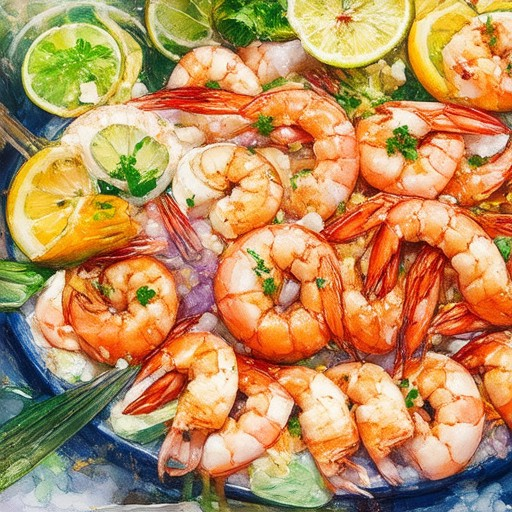
How to Make Seafood Taste Better
To elevate your seafood dishes, consider these expert tips and techniques:
- Enhance Flavor with Broths and Sauces :
- Create a flavorful broth using seafood shells or bones. This can be used in dishes like risotto or stews to add depth and richness.
- Drizzle olive oil and sprinkle a pinch of salt for a simple yet delicious finish.
- Herbs and Spices for Aromatic Flavors :
- Use lemon zest and dill for a bright, fresh taste, perfect for salmon or cod.
- Combine garlic, butter, and red pepper flakes for a savory touch ideal for grilled shrimp or scallops.
- Opt for a soy sauce, honey, and ginger marinade to add complexity to tuna or swordfish.
- Cooking Methods to Preserve Moisture :
- Grill, bake, or pan-sear seafood to lock in natural juices, ensuring meats stay tender and flavorful.
- Consider steaming or poaching for delicate fish like tilapia or trout, preserving their essence.
- Complementary Sides and Dipping Sauces :
- Serve seafood with garlic butter pasta or ceviche with fresh mangoes for a delightful contrast.
- Try dipping sauces like aioli or tartar sauce to enhance flavor profiles.
- Consider Cooking Techniques and Variations :
- Smoke salmon for a smoky twist or experiment with homemade sushi for a unique taste experience.
- Use high-quality ingredients and cook seafood immediately upon purchase to maintain freshness.
By integrating these strategies, you can transform ordinary seafood into extraordinary dishes, delighting your palate and guests alike.
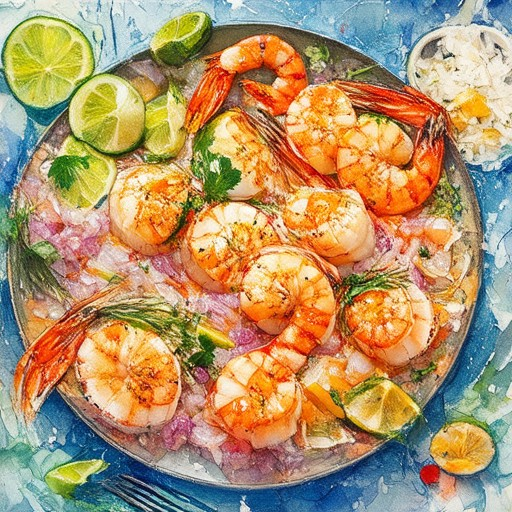
Similar Fish Dishes to Ceviche
Ceviche, a traditional Peruvian dish, is characterized by its use of raw fish marinated in lime juice or other acidic components. While ceviche is unique in its preparation method, several other dishes around the world share similarities in their use of raw fish and acidic marinades. Here are a few notable options:
- Tartare : Originating from France, tartare is a dish consisting of raw fish, often combined with various ingredients such as capers, onions, and herbs. It is frequently dressed with a tangy vinaigrette, making it a close match to ceviche’s citrus-based marinade.
- Kinilaw : A popular Filipino dish, kinilaw features raw fish marinated in a mixture of vinegar, garlic, and other seasonings. Similar to ceviche, it relies on the acidic properties of vinegar to flavor the dish, though it is typically cooked slightly longer than ceviche.
- Aguachile : Hailing from Mexico, aguachile is another dish that resembles ceviche in its use of raw fish. However, unlike ceviche, aguachile is not marinated and is typically served fresh, with a bold, spicy flavor achieved through the use of chili peppers and citrus juices.
Best Store-Bought Fish for Ceviche
Ceviche, a traditional Peruvian dish, requires fresh, high-quality fish to achieve its signature tangy flavor. Here are our top picks for store-bought fish ideal for ceviche:
- Tilapia : Known for its mild flavor and firm texture, tilapia is a popular choice for ceviche. It’s widely available and tends to be more affordable.
- Mahi-Mahi : This tropical fish has a rich, slightly sweet flavor and a firm consistency, making it a great option for ceviche preparation.
- Cod : A versatile fish with a clean flavor and firm texture, cod is another excellent choice for ceviche due to its ability to hold up well when raw.
When purchasing store-bought fish for ceviche, ensure it is fresh and free from any fishy odor. Look for fish with bright eyes and firm, elastic flesh. Fresh ceviche can be prepared using a simple marinade of lime juice, red onion, cilantro, and optionally chili peppers for added flavor.
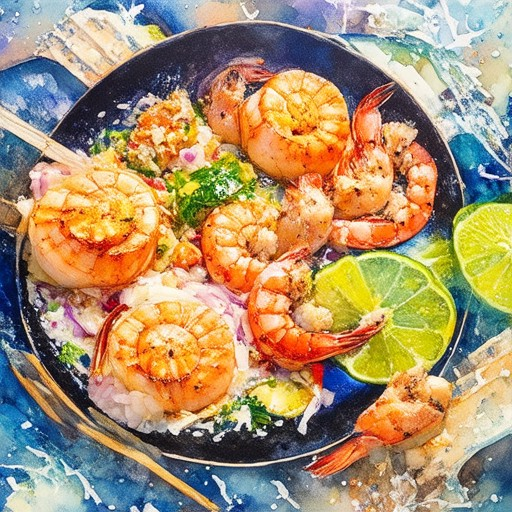
How Long to Marinate Raw Fish in Lemon Juice?
To properly marinate raw fish in lemon juice, follow these steps for optimal flavor and texture:
- Step 1: Prepare the Fish – Pat the fish fillets dry with paper towels to ensure maximum absorption of the marinade.
- Step 2: Mix the Marinade – In a small bowl, whisk together fresh-squeezed lemon juice, olive oil (optional for moisture), minced garlic, chopped fresh herbs (like dill, parsley, or thyme), salt, and black pepper to taste.
- Step 3: Apply the Marinade – Place the fish fillets in a non-metallic dish or plastic container. Pour the lemon juice mixture over them, ensuring the fish is evenly coated.
- Step 4: Marinate – Cover the dish tightly with plastic wrap or place it in the refrigerator. Let the fish marinate for 20-30 minutes , depending on the thickness of the fish pieces. For thicker cuts, 30 minutes is recommended to ensure tenderization.
- Step 5: Check for Doneness – Remove the fish from the marinade just before serving. For best results, check the texture after 20 minutes and adjust marinating time accordingly if needed.
Tip: Flipping the fish halfway through marinating ensures even distribution of the marinade and seasoning. This step is particularly helpful for thicker fish pieces.
Conclusion: Marinating raw fish in lemon juice for about 20-30 minutes is generally sufficient for most fish types. Adjust the time based on fish thickness and personal preference for texture and flavor.

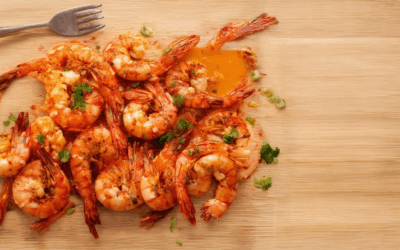
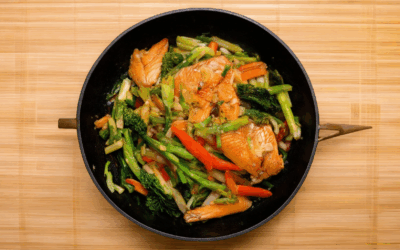
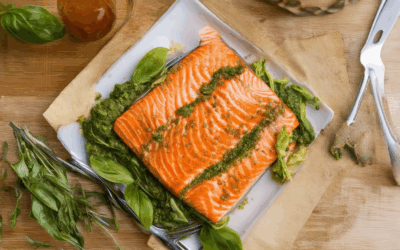
0 Comments